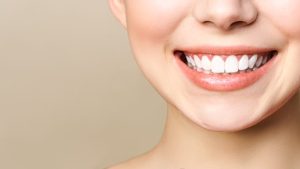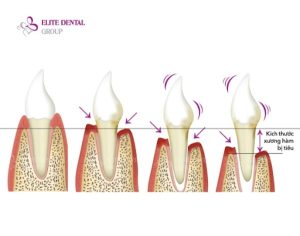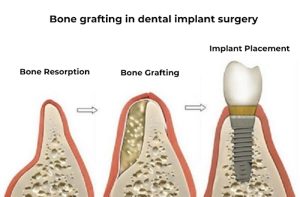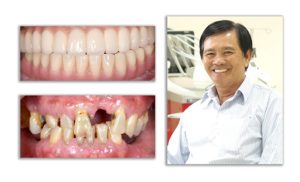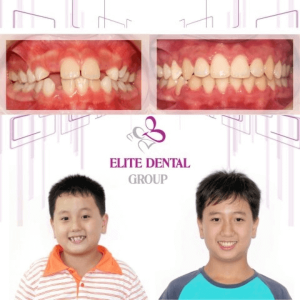Table of content
Whether you lose a lower or upper molar, it can lead to significant long-term effects on both your health and facial aesthetics, making it difficult to restore teeth with dentures in the future. Let’s explore the condition of molar loss and the most effective remedies with Elite Dental in the following article.
1. Overview of the Structure and Function of Molar Teeth
An adult has a total of 32 teeth, with 16 teeth in the upper jaw and 16 in the lower jaw. Molars are divided into two groups:
- Premolars: Located at positions 4 and 5, with 4 in each jaw, their function is to tear and crush food.
- Molars: Located at positions 6, 7, and 8, with 6 in each jaw, they help chew and grind food.
1.1. Molar Structure
Molars consist of two parts: the crown and the root. The crown is short, visible in the mouth, and has a large surface area. The root is long, firmly embedded in the jaw, with three roots (upper molars) and two roots (lower molars).
1.2. Function of Molars
Molars play a crucial role in chewing and maintaining bite stability. In particular, the first molar (tooth number 6) is foundational for future bite alignment, as the chewing force is primarily concentrated on this tooth. The second molar (tooth number 7) assists in grinding food. As for the third molar (wisdom tooth, tooth number 8), it has no chewing function.

2. What Causes Lower and Upper Molar Loss?
The loss of lower and upper molars can result from several causes:
2.1. Poor Oral Hygiene
Neglecting to brush teeth, not using dental floss, improper brushing techniques, not having regular dental cleanings, and not replacing toothbrushes can all lead to gum disease, tooth decay, and an increased risk of tooth loss.
View more: Oral hygiene: Best practices for healthy teeth
2.2. Chewing Hard Foods
Frequently chewing hard foods like shellfish, candy, and ice can damage tooth enamel and cause teeth to crack or break.
2.3. Aging
As we age, the structure of our teeth becomes less stable and more prone to loosening, which can easily lead to tooth loss.
2.4. Medical Conditions
Certain diseases, such as occlusal arthritis, occlusal cancer, and diabetes, can weaken teeth, increasing the risk of tooth loss.
2.5. Trauma or Accidents
Injuries that impact the face can damage the jawbone and cause teeth to break.
2.6. Smoking and Teeth Grinding
Heavy smoking can cause gum disease and periodontitis, while teeth grinding can wear down tooth enamel, making teeth weak and more susceptible to breaking.
3. What Are the Common Consequences of Molar Loss?
Is losing molars 6 and 7 dangerous? If not addressed promptly, losing molars can lead to several issues:
3.1. Reduced Chewing Ability
Molar loss decreases chewing efficiency, preventing food from being properly broken down before reaching the stomach. This can lead to poor digestion and, over time, cause various stomach-related illnesses. Poor digestion also results in reduced nutrient absorption, leading to fatigue and weakness.
3.2. Shifting of Remaining Teeth
The gap left by a lost molar can cause adjacent teeth to lose their support, leading to misalignment as they shift towards the empty space. This can result in a bad bite and affect the aesthetics of your smile.
Malocclusion is a condition that affects many people, although not dangerous, it significantly impacts both aesthetics and chewing function. Elite Dental, known for its deep expertise and experience in treating misaligned bites, many patients have sent questions such as What is a misaligned bite? Is misaligned bite a problem? Today,…
3.3. Bone Loss
Does molar loss cause sunken cheeks? Bone loss due to prolonged tooth loss can lead to sunken cheeks. Moreover, if jawbone resorption occurs, it will become much more challenging and complex to get dentures in the future.
3.4. Speech Impairment
The loss of molars can cause speech difficulties, leading to unclear articulation, slurred speech, and a loss of confidence in communication.
3.5. Oral Health Issues
The gap left by the missing tooth creates a breeding ground for bacteria, leading to oral health problems such as periodontal disease and tooth decay. If these conditions worsen, they can result in the loss of more teeth across the entire jaw.
3.6. Temporomandibular Joint Pain and Headaches
Molar loss can cause a misaligned bite, putting pressure on the jaw. This can result in temporomandibular joint pain, headaches, and in more severe cases, facial asymmetry or jaw muscle paralysis.
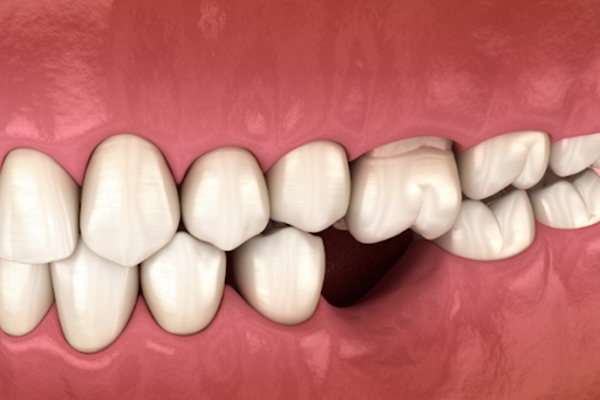
4. Effective Solutions for Molar Loss
When a molar is lost, it’s important to restore the tooth as soon as possible to minimize potential oral health complications.
There are three common methods for molar replacement:
4.1. Removable Dentures
Removable dentures consist of a plastic or metal framework with artificial teeth on top that can be easily removed. This method is low-cost and quick to make, but it only restores about 30–40% of chewing ability. Dentures can easily slip out while eating or speaking, leading to bone resorption, gum shrinkage, and they are not very durable.
4.2. Dental Bridges
This method involves using the adjacent teeth as anchors and placing a porcelain crown over them. The porcelain crown is white and matches the color of natural teeth, providing good chewing ability, being fixed in the jaw, and lasting 7–10 years. However, dental bridges do not prevent bone resorption and can damage healthy teeth. Over time, these teeth may weaken, leading to further tooth loss.
View more: Can dental bridges cause bone loss?
4.3. Dental Implants
Dental implants are considered the most advanced solution for restoring one or more lost teeth, capable of restoring over 90% of chewing ability.
This method involves inserting a titanium post into the jawbone, replacing the lost tooth root. The implant post integrates with the jawbone, creating a solid foundation that prevents bone resorption. A crown that matches the color, shape, and size of the natural tooth is then placed on top.
Implant placement allows for comfortable chewing, does not harm adjacent teeth, addresses the consequences of tooth loss, offers high aesthetics, and can last a lifetime with proper care.
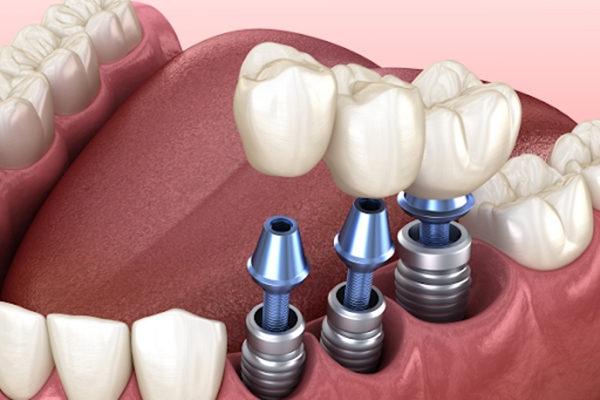
Related articles: > Single tooth implant > Multiple tooth implants > Full arch dental implants
5. Painless and Highly Effective Molar Loss Treatment at Elite Dental
Elite Dental is proud to be the first dental clinic in Vietnam to be recognized as a “Specialized Implant Training Center” by Straumann, the world’s leading implant group. Led by Dr. Tran Hung Lam (Medical Director at Elite Dental) and a team of highly skilled doctors with over 10 years of experience in implantology, Elite Dental has successfully performed numerous implant procedures, restoring perfect smiles and bringing confidence and happiness to our patients.
Additionally, Elite Dental is well-regarded by patients for its internationally standardized implant procedures, using genuine, imported implant posts at various price points, and state-of-the-art equipment (CBCT scanners, laser machines, Piezotome) to ensure high-quality, safe, and optimal dental treatment outcomes.
Reference: Implant dental price list at Elite Dental

The article above shares insights on molar loss and effective treatment options. When molars are lost, it is best to seek early treatment at reputable clinics to prevent adverse oral health complications and maintain quality of life. For detailed advice on your dental condition, do not hesitate to contact Elite Dental.
Related posts: > Lost a front tooth? The best way to restore it > How much does it cost to get a molar implant? > What is the ideal option for full-mouth tooth restoration?



